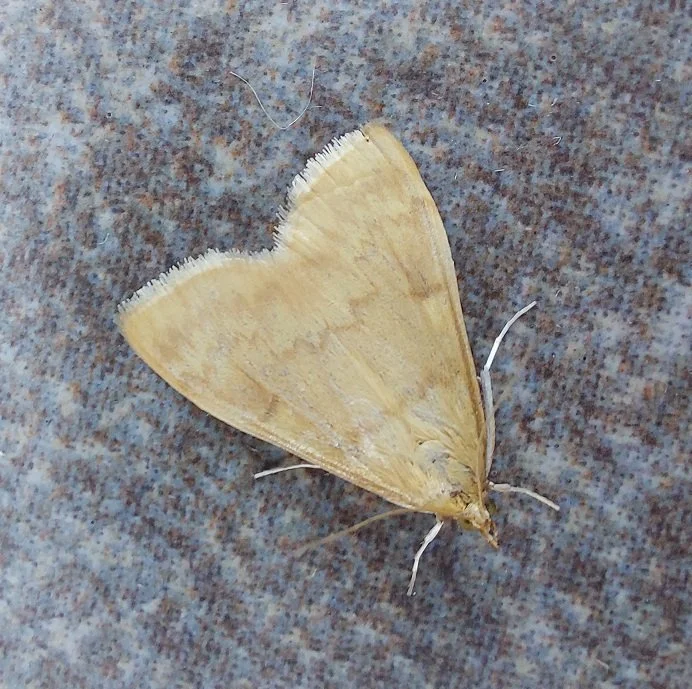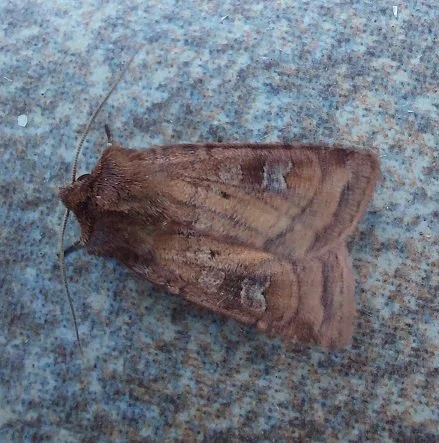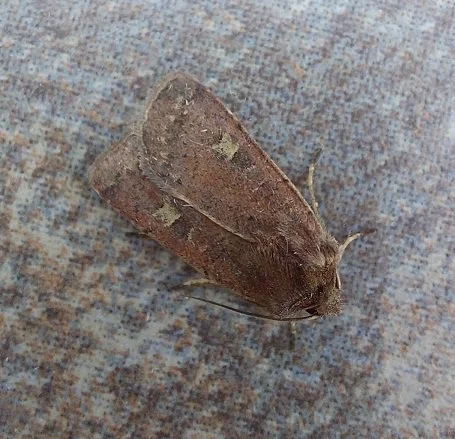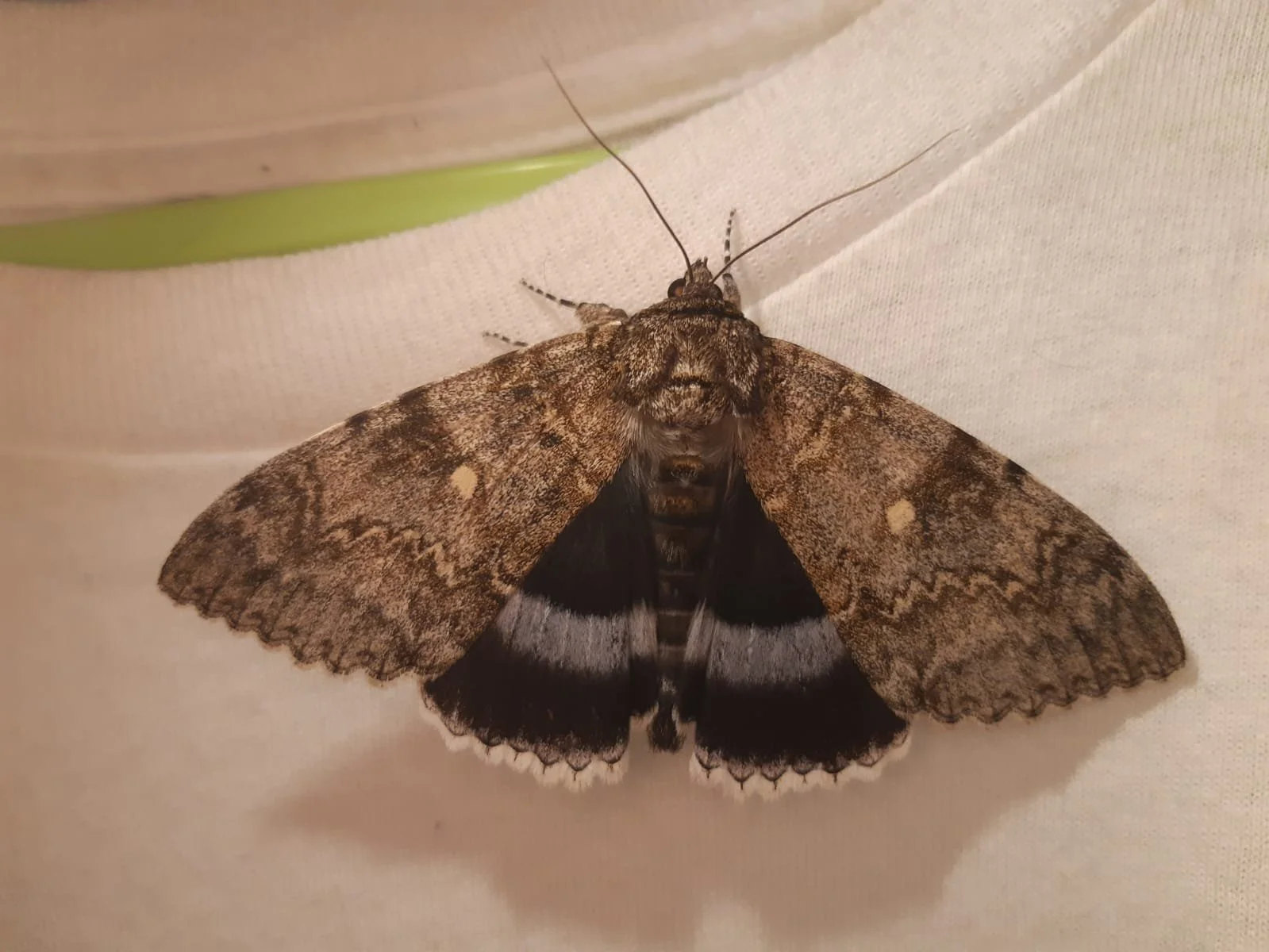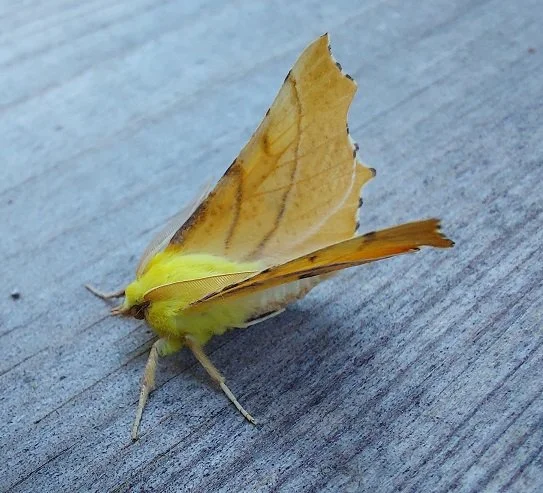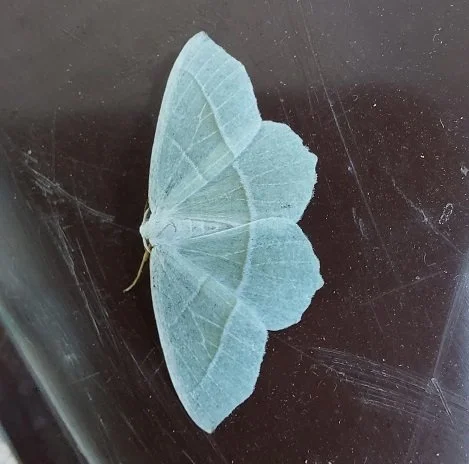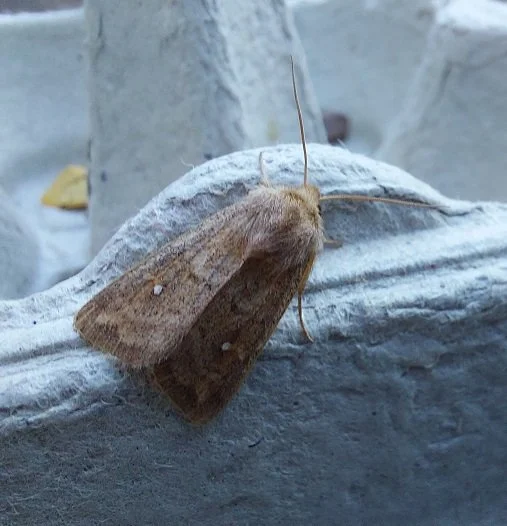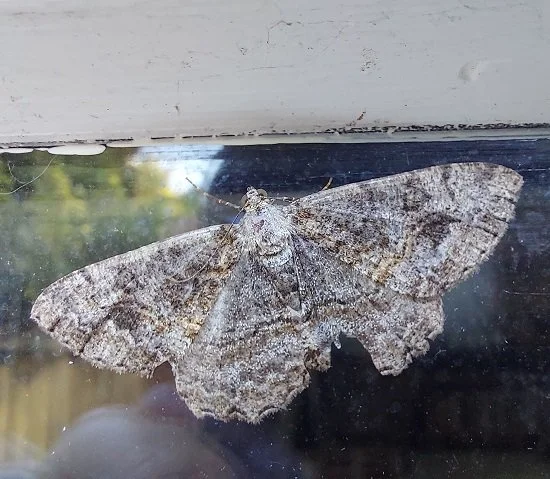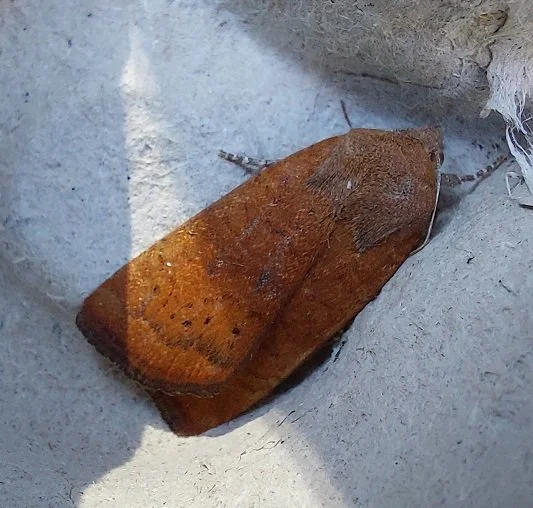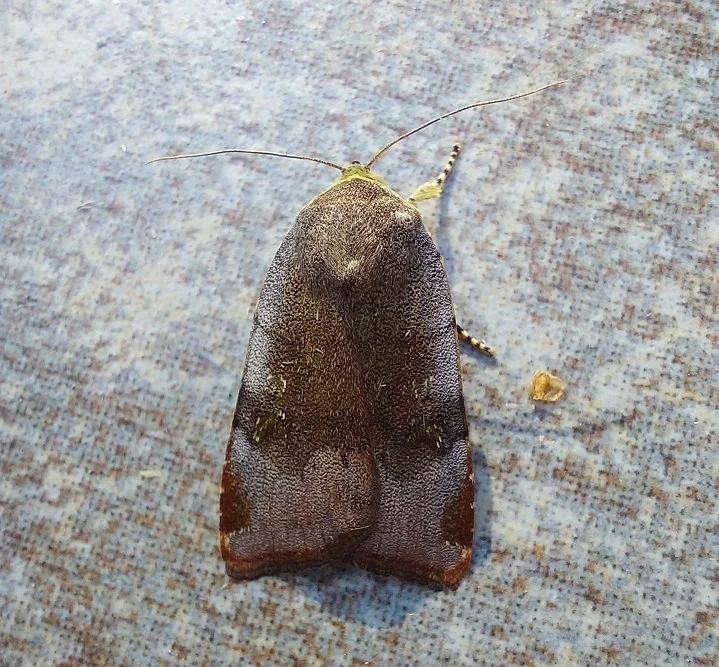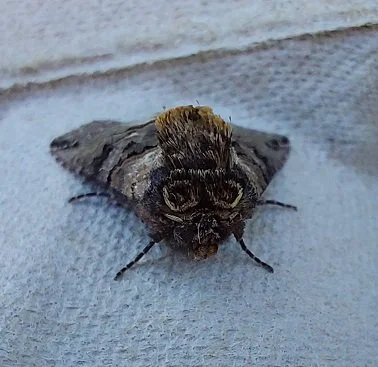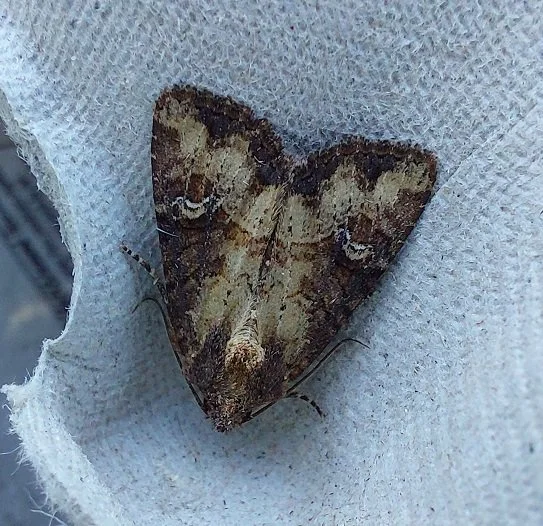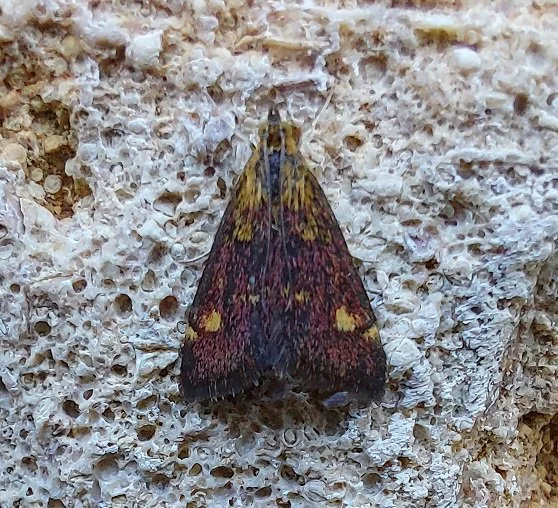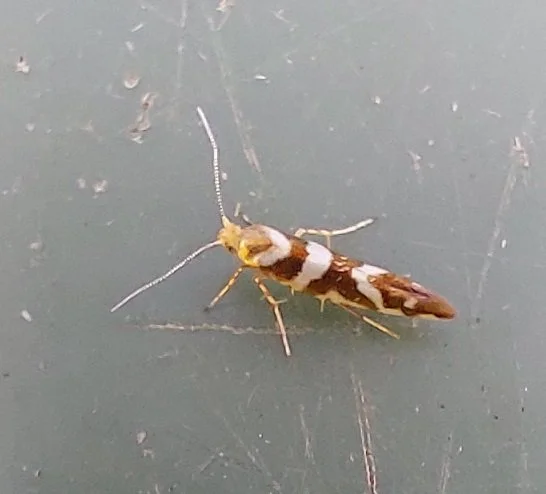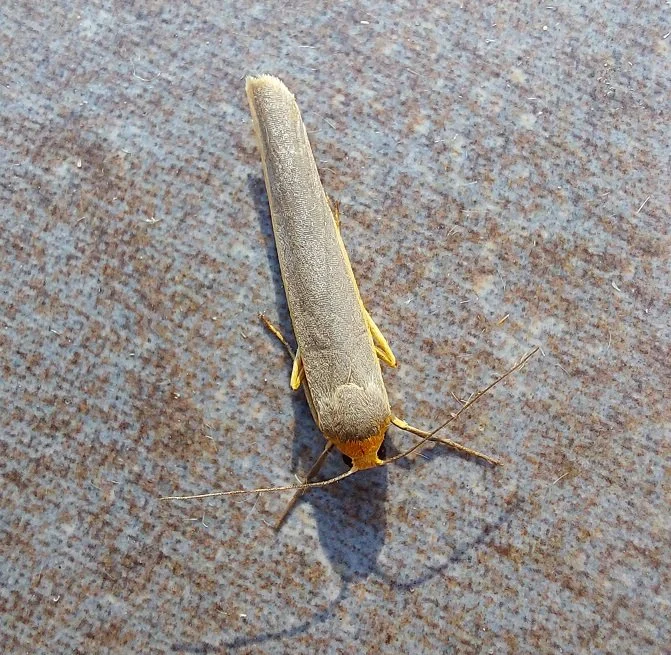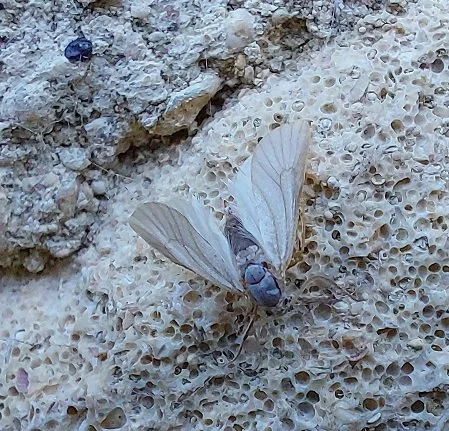Autumn Moths
/A surprisingly decent haul of moths on Saturday morning (49 individuals of 14 species), showing that there are still plenty of moths flying at the moment weather permitting. Feathered Thorn (Colotois pennaria, #1031) was a new species for the garden, 13 White-points was a big catch for this species, which is steadily increasing its range in UK. The Swallow-tail was a late-flying individual of this species, but most of the rest are typical for the time of year.










